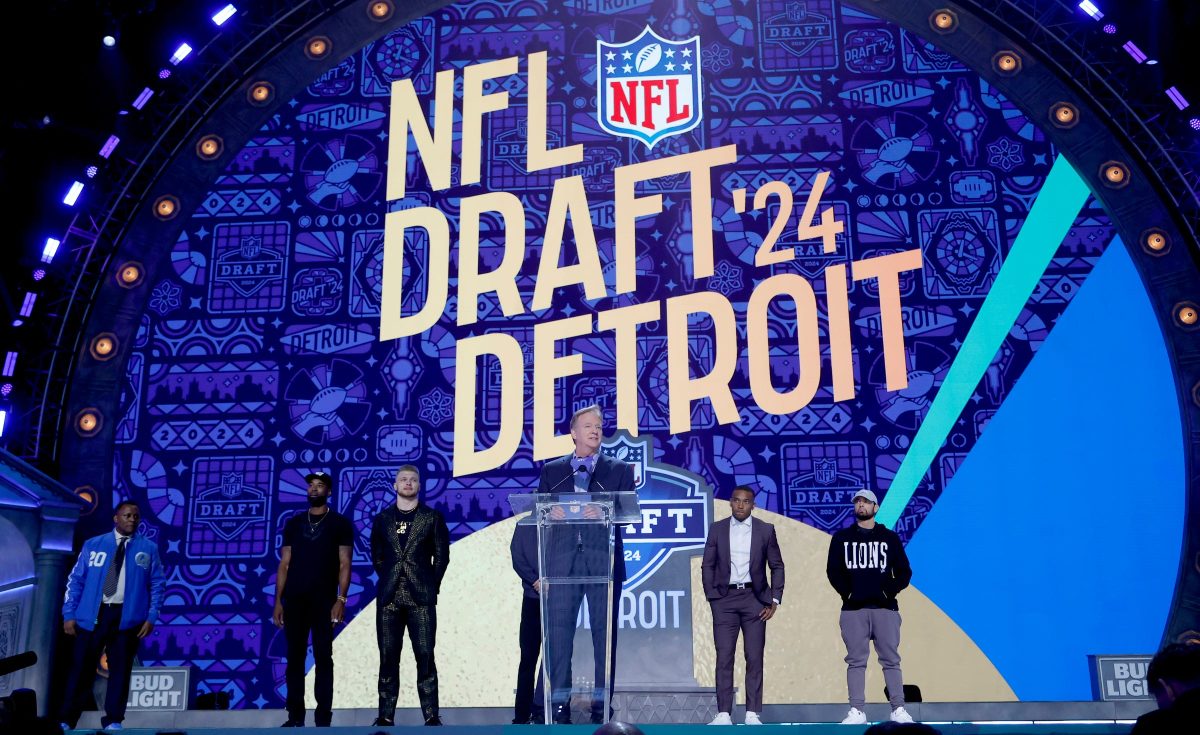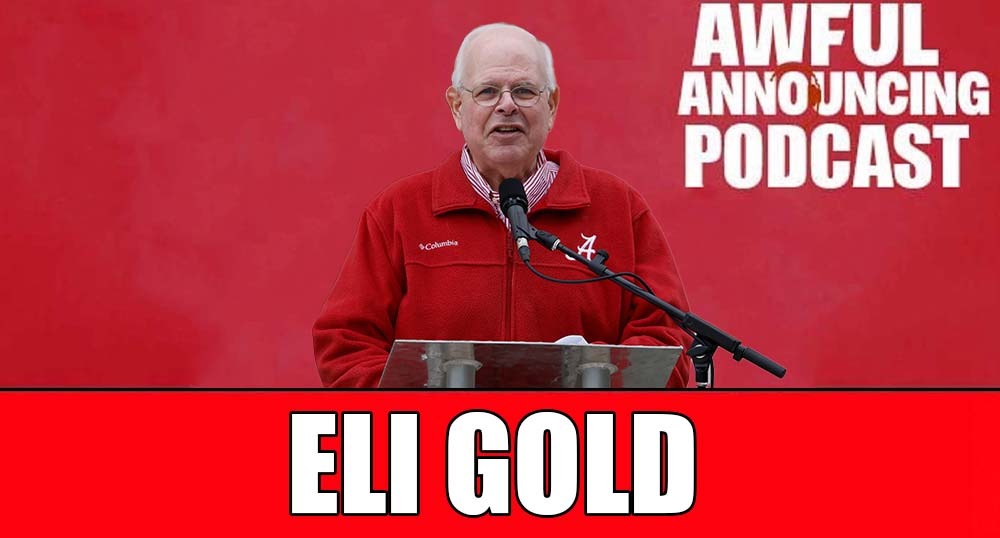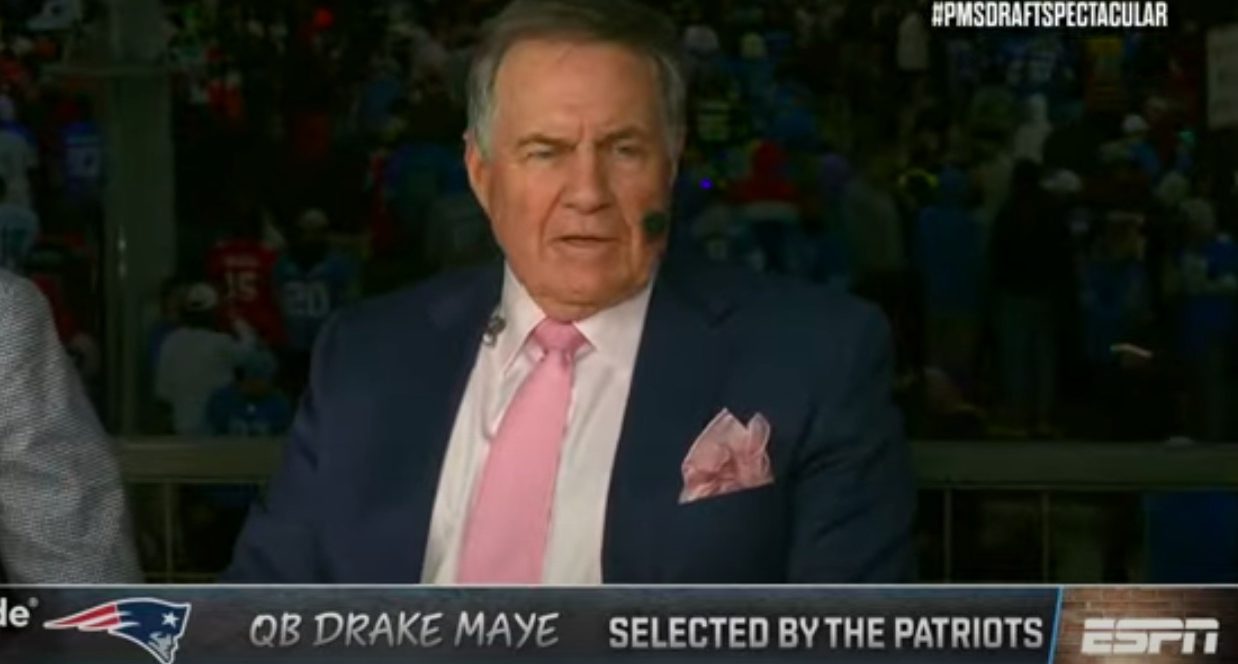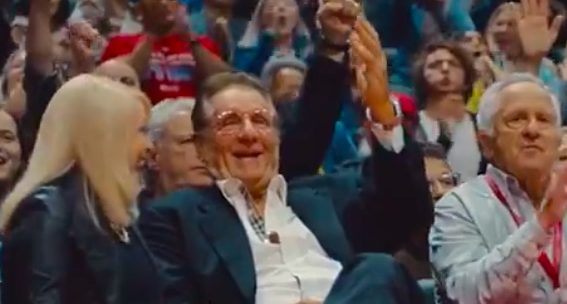Trevor Immelman faced the tall task of being named CBS Sports’ lead golf analyst in January, replacing Nick Faldo in the 18th tower, but he soared into this weekend’s coverage of the Masters.
With the eyes of the golfing world on Augusta and Immelman sitting next to Jim Nantz for the first time in Butler Cabin and the 18th tower, he filled the seat extremely well.
The Masters crowned Jon Rahm champion as the sun set in Augusta, Ga. on Sunday.
It was a setting that Immelman knew all too well. He won the 2008 Masters and two PGA Tour events. His replacement of Faldo, who stepped down in August after 16 years, was an easy play for CBS Sports as Immelman has been a part of CBS’s coverage since 2019.
Immelman worked alongside Jim Nantz on the broadcast, who said he knew he wouldn’t have to train Immelman too much — Immelman is a naturally good communicator.
The world embraced the former green jacket holder as he took on his new role.
https://twitter.com/BAndersonPxP/status/1645182374425026562
Nantz and Immelman — Golf’s Kobe and Shaq?
Jim Nantz and Trevor Immelman on the Sunday Masters broadcast
pic.twitter.com/RMiggWs9wR— carl spackler (@gopher_hunter59) April 9, 2023
Enjoyed @TrevorImmelman on this Masters call. Felt @dottie_pepper was a included a bit more which is always a good thing. ⛳️ #MastersMarathon
— Chris McKendry (@ChrisMcKendry) April 9, 2023
.@TrevorImmelman is so damn good on the mic. Can’t wait to listen to him for the next 10+ years.
— Rory Tracker (@RoryTrackr) April 9, 2023
Immelman’s voice could make even the most boring scenarios enjoyable.
I could listen to Trevor Immelman read the side effects of random prescription drugs and be captivated.
— 𝒯𝒽𝑜𝓂𝒶𝓈 𝒮𝒽𝑒𝓁𝒷𝓎 𝒪𝐵𝐸 (@WormDoes) April 9, 2023
I think @TrevorImmelman is a fantastic complement to Jim Nantz on #TheMasters call. Nicely done.
— Andrew Meyers (@andrewmeyers) April 9, 2023
Immelman is also able to give the viewer a sense of what could be going on in the minds of the players as they play in the rigorous tournament.
Love @TrevorImmelman in the booth so much, but especially at Augusta where his knowledge/experience take over. Does a great job explaining the nuances of ANGC. #TheMasters
— Matt Reeves (@Reevers24) April 9, 2023
.@CBSSports Trevor Immelman is great as an analyst. As a past champion, he knows Augusta like the back of his hand. He's picked up where Sir Nick left off very nicely. #TheMasters
— Wes– Good mornin', America; how are ya? (@CrimsonTideWes) April 9, 2023
Love the new @GolfonCBS team of Jim Nantz and @TrevorImmelman..Nantz is an all-timer and the South African has a chance to be great in the tower
— Todd Miller (@PlayByPlayGuy1) April 9, 2023
Immelman’s role into the broadcasting chair appeared to be a seamless one. His prep remained similar as he walked the course, paying attention to the soft spots it possesses, or the tricky areas the golfers have to deal with.
He appeared to be excited to talk to Awful Announcing in January about the prep work as a commentator and how it compared to his time on the PGA Tour:
I would say when I’m walking the course, I go through the same structure, the same routine as what I did when I was playing. I’m trying to pay attention to the soft spots on the golf course. What I mean by that is where players can be attacking, where they can be aggressive, and they can try and maybe push the envelope a little bit more without getting in too much trouble. I try and notice the spots that they’ve got to be careful of, the different hole locations that could catch them out. Where are the easy spots for them to be able to get up and down if they are out of position around the greens. So the golf course prep is the same.
And then I’m paying attention to stats and trends on paper, so I’ll spend a decent amount of time going down that rabbit hole, getting lost in some of the numbers, seeing what kind of patterns I can find. But at the end of the day, the most important thing is you have to get out on the driving range. You have to get out on the golf course and see how these players are playing for yourself. What is the strike sounding like? How is the ball flying? What shots are they leaning towards, which means they’re more comfortable with them at the time? What shots are they steering away from? You can just start to see the ebbs and flows that players go through week in and week out with their games. This sport is so damn difficult.
All of that preparation showed as Immelman made it look rather easy as he transitioned to the central role in CBS’s golf coverage, a spot he may fill for a long time.







